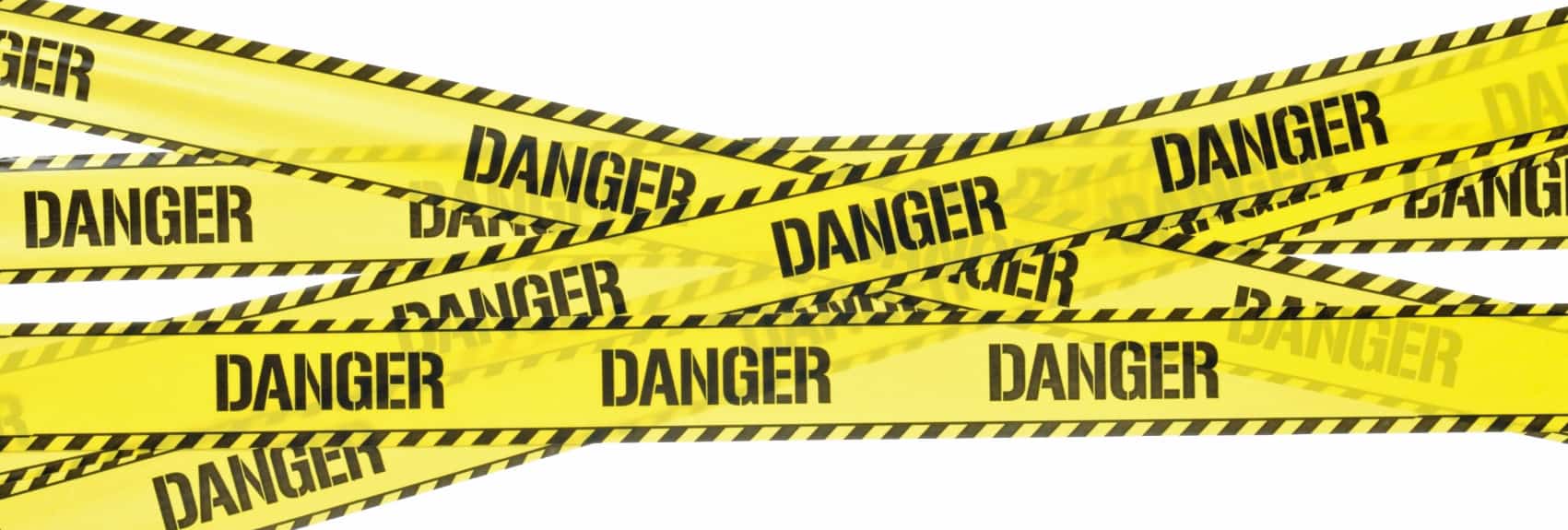Occupational health and safety (OHS) eyebrows were raised in Australia recently as a State Government suspended the application of three construction-related codes of practice, principally, on the basis that compliance will cost too much. The decision by South Australia’s Minister for Industrial Relations, John Rau, following a report by the Small Business Commissioner, Mike Sinkunas, illustrates several issues:
- the SA government is overly influenced by the Housing Industry Association (HIA),
- small business is being misinformed on how workplace safety works,
- the application of “reasonably practicable” has been ignored, and
- the unions and safety profession do not know how to respond.
Continue reading “Politics before safety in South Australia”


